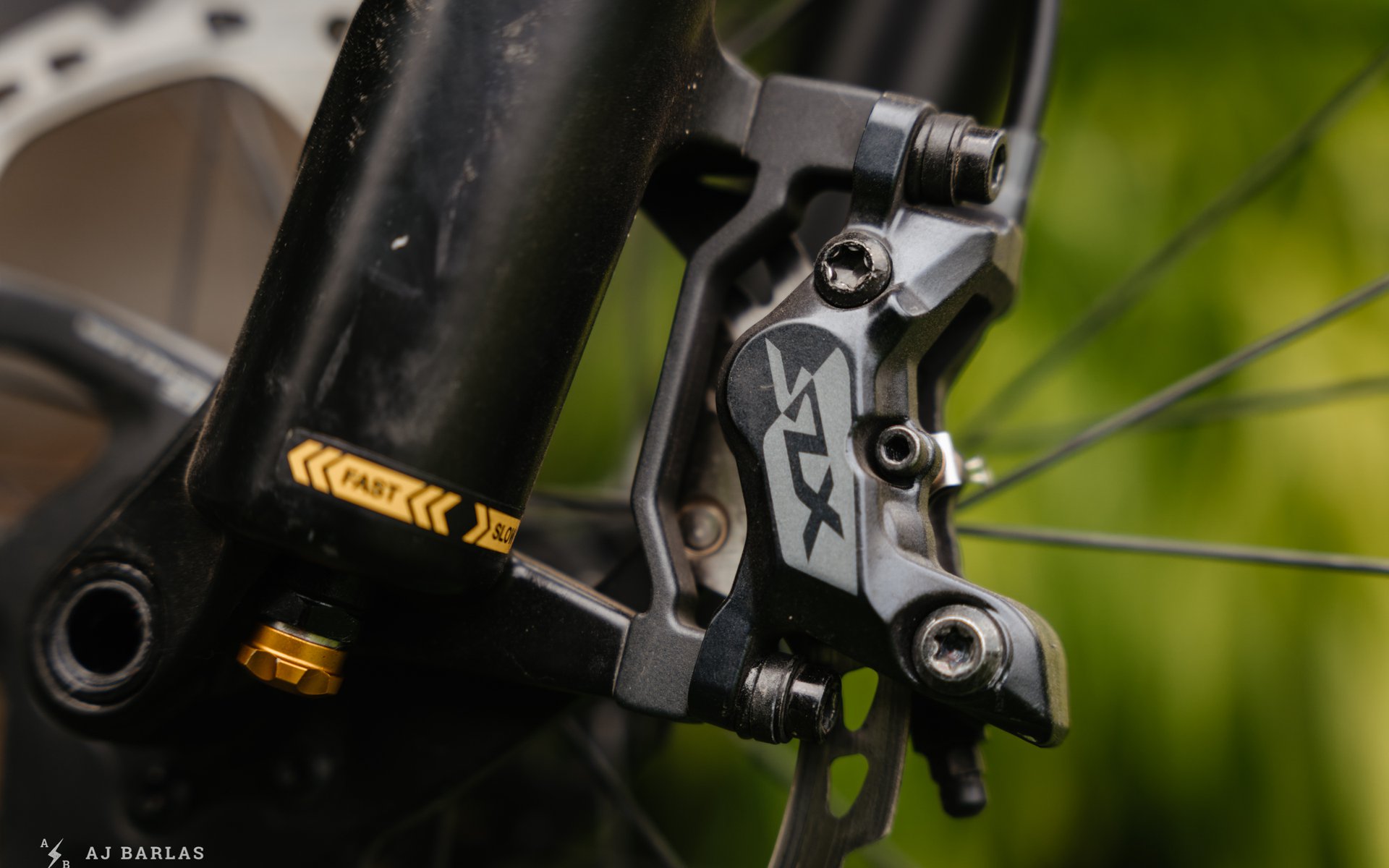
Long-Term Skids
Shimano SLX Four-Piston Brake Review
In the first part of my Shimano SLX M7100 group review I dove into the drivetrain and attempted to answer the question; can SLX provide the performance of more expensive Shimano gear? With a minor change, I found the difference between the SLX M7100 and XT M8100 drivetrains negligible on the trail, making SLX a great option for riders hoping to save a few bucks. My experience with the new SLX 4-piston brakes has been similar. A small change has provided me with adequate power and a reliable set of brakes. They’ve punched above their weight in the six months I’ve had them and are capable of stopping the bike in situations typically reserved for aggressive downhill brakes.
Features:
- Two and four-piston options available
- Four-piston tested
- Reach adjust lever
- Servo Wave lever
- New I-Spec EV Clamp Band
- Finned resin (stock) and Metallic pad options
- Non-finned resin and metallic pad options
- Weight: 917g
- Front – 469g (w/ full 1,000mm brake line and 203mm rotor)
- Rear – 448g (w/ full 1,700mm brake line and 180mm rotor)
- MSRP: 179.99 USD / 199 CAD w/o rotors
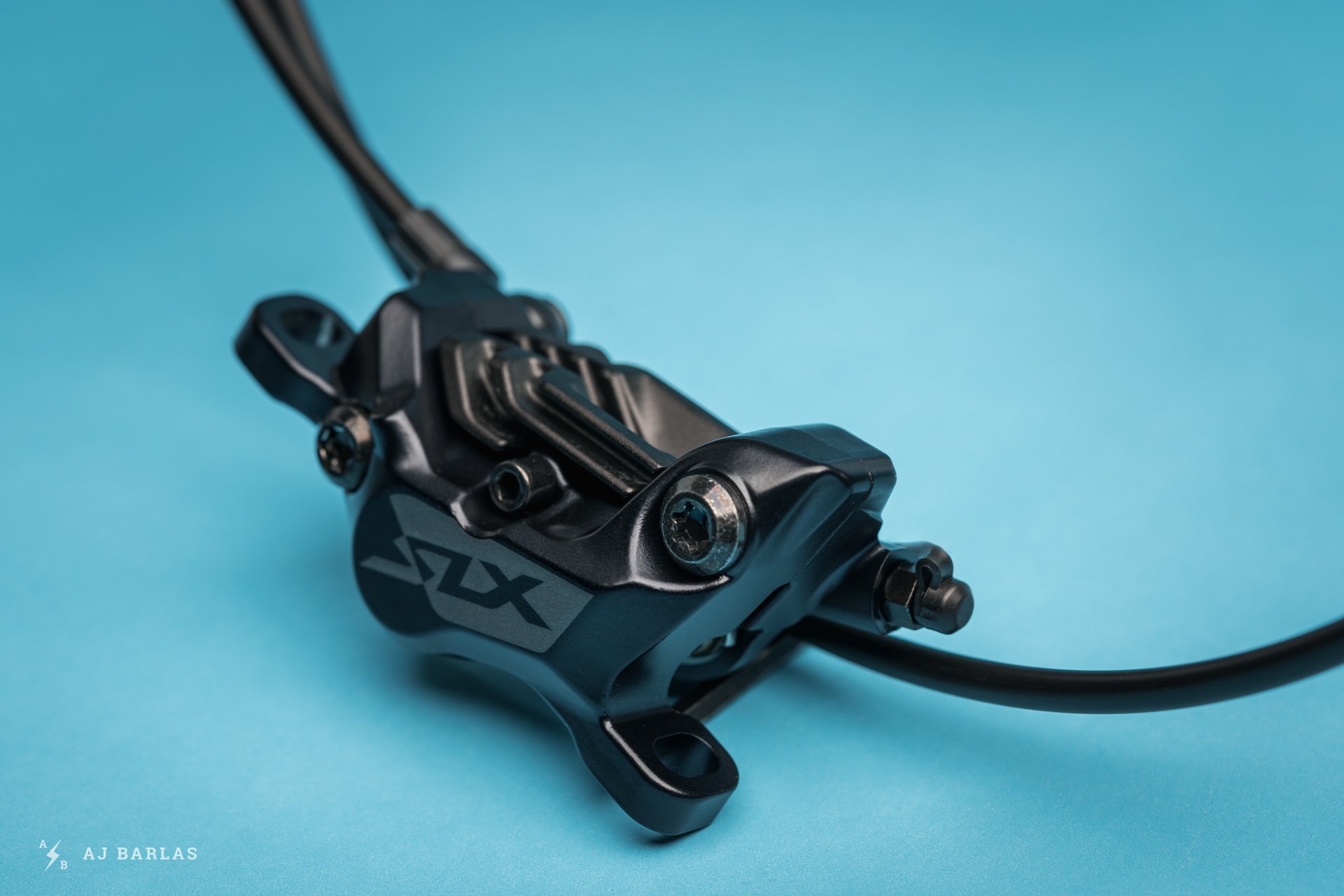
The four-piston SLX caliper looks identical to the XT, aside from the colour of the finish.
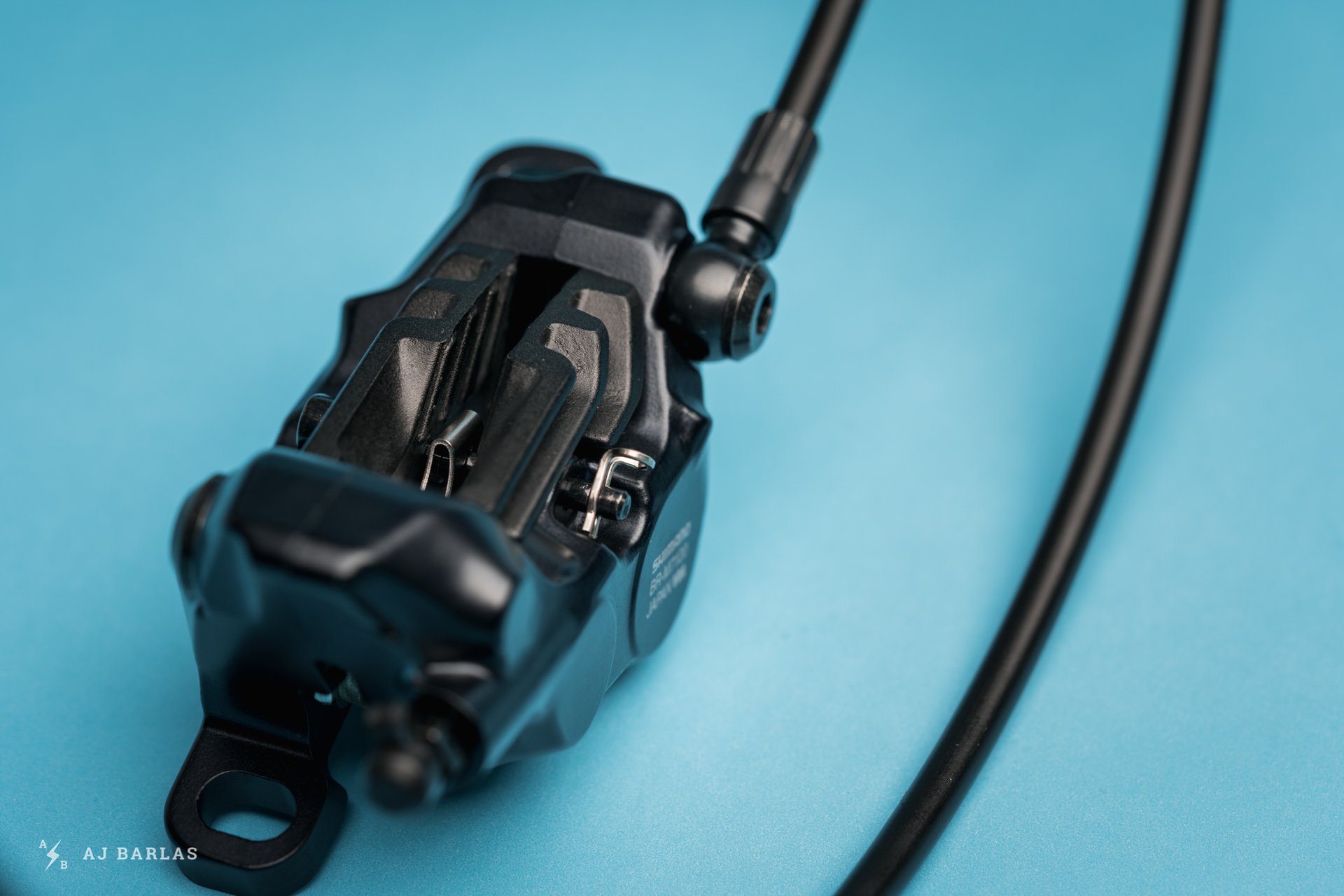
Stock, the SLX brakes include Shimano's finned resin pads.
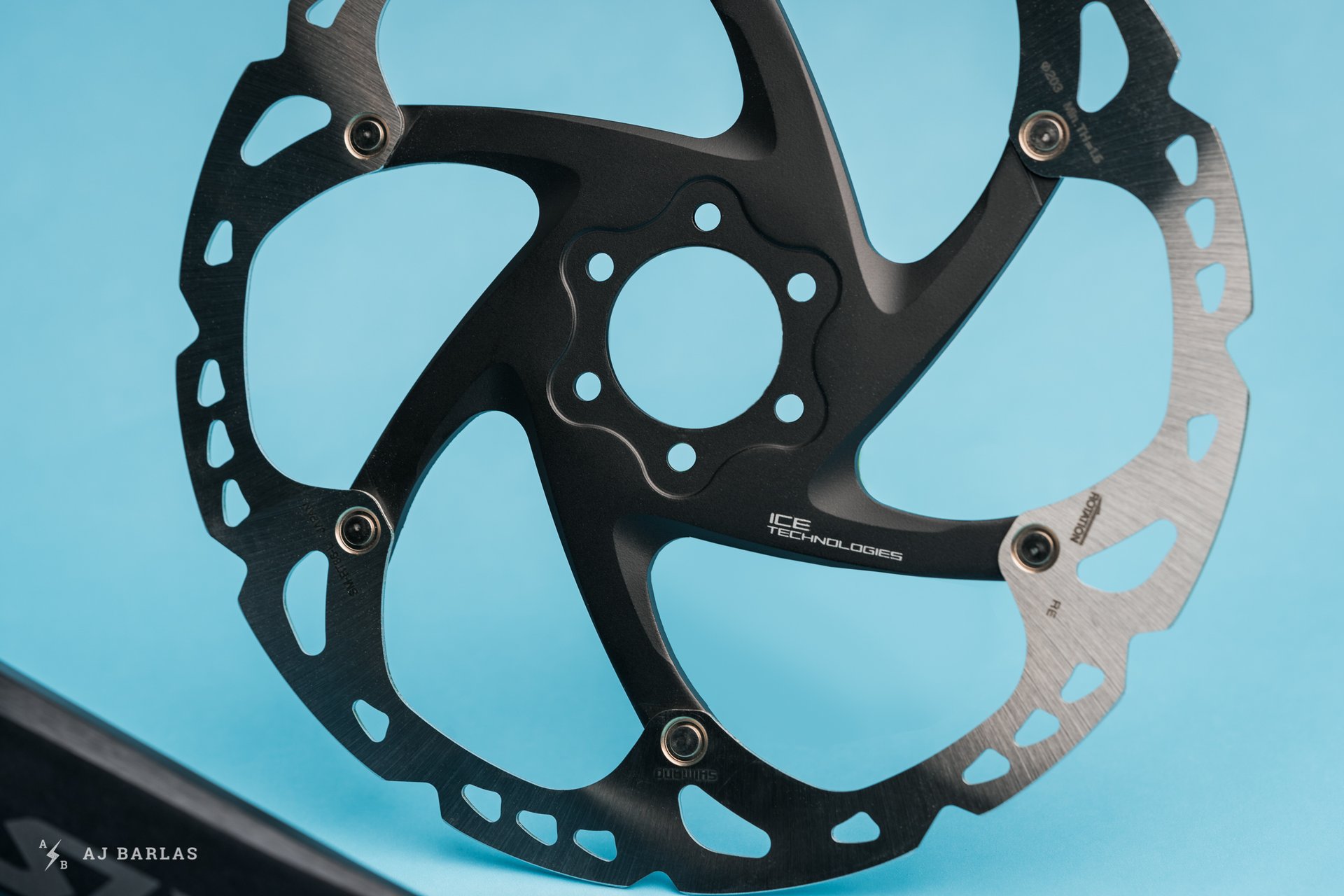
Rotors are purchased separately.
SLX M7100 Four-Piston Brakes
The SLX M7100 brakes are available with two or four-piston calipers. Shimano shipped the four-piston test brakes with their finned resin pad but there is also a non-finned resin option.There are finned and non-finned metallic options as well. The brake design is based on the new XTR stoppers and features a similar appearance. At the lever, the SLX and XT levers share architecture but differ slightly to the XTR. Setup was straightforward and thanks to the I-Spec EV adapter, the SLX and later XT shifters each mounted seamlessly to the brake lever assembly.
With the lines cut to length, I bled the setup using my preferred gravity method. A visible difference between the SLX master cylinder and the more expensive XT and XTR is the absence of the free stroke adjuster screw. This feature's seldom used by the majority of riders and most won't miss it on the SLX lever.

As with the brake caliper, the SLX lever looks identical to XT, sharing the same architecture.
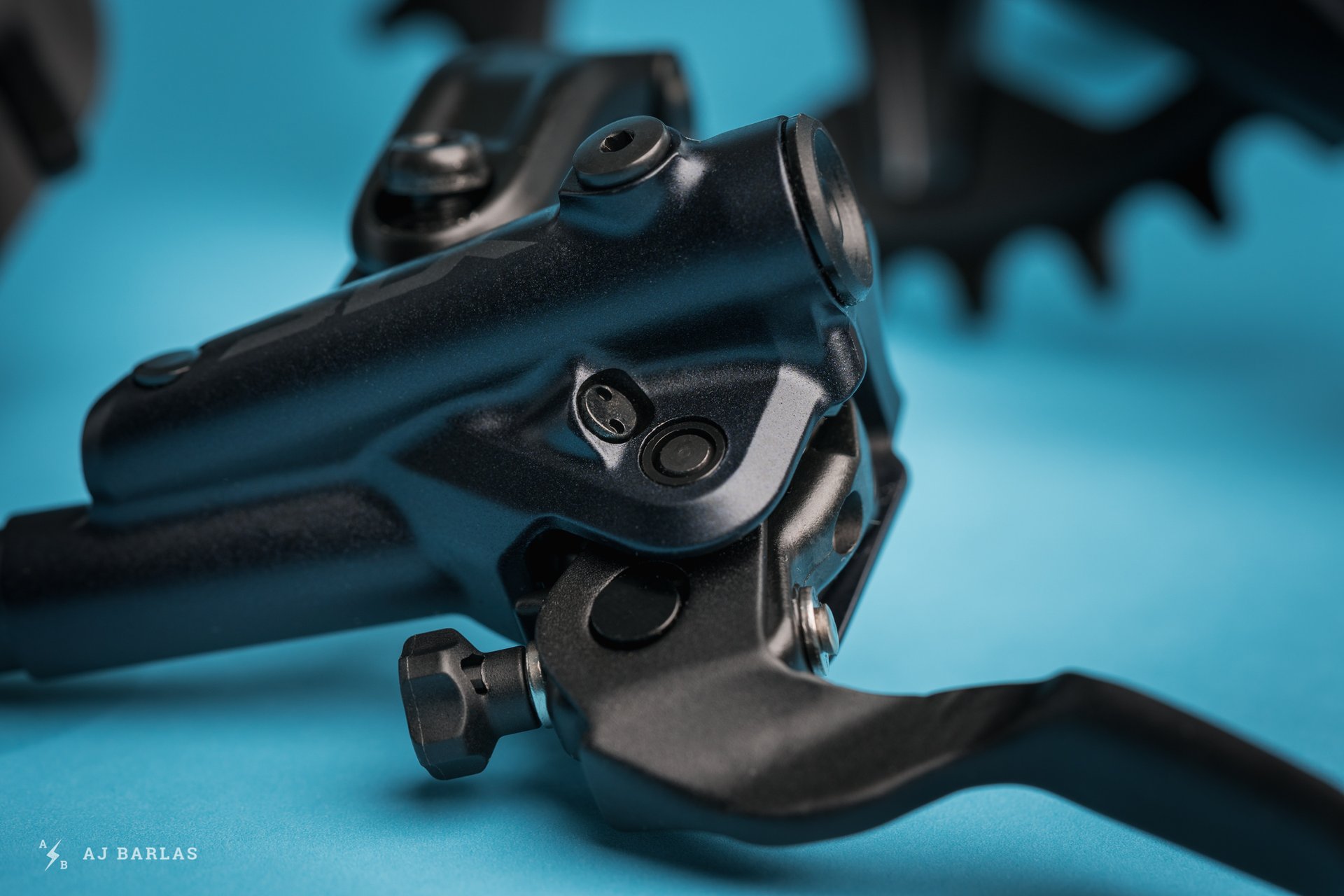
A closer look reveals the lack of an adjustable free stroke screw. Instead, the SLX features a metal plug.
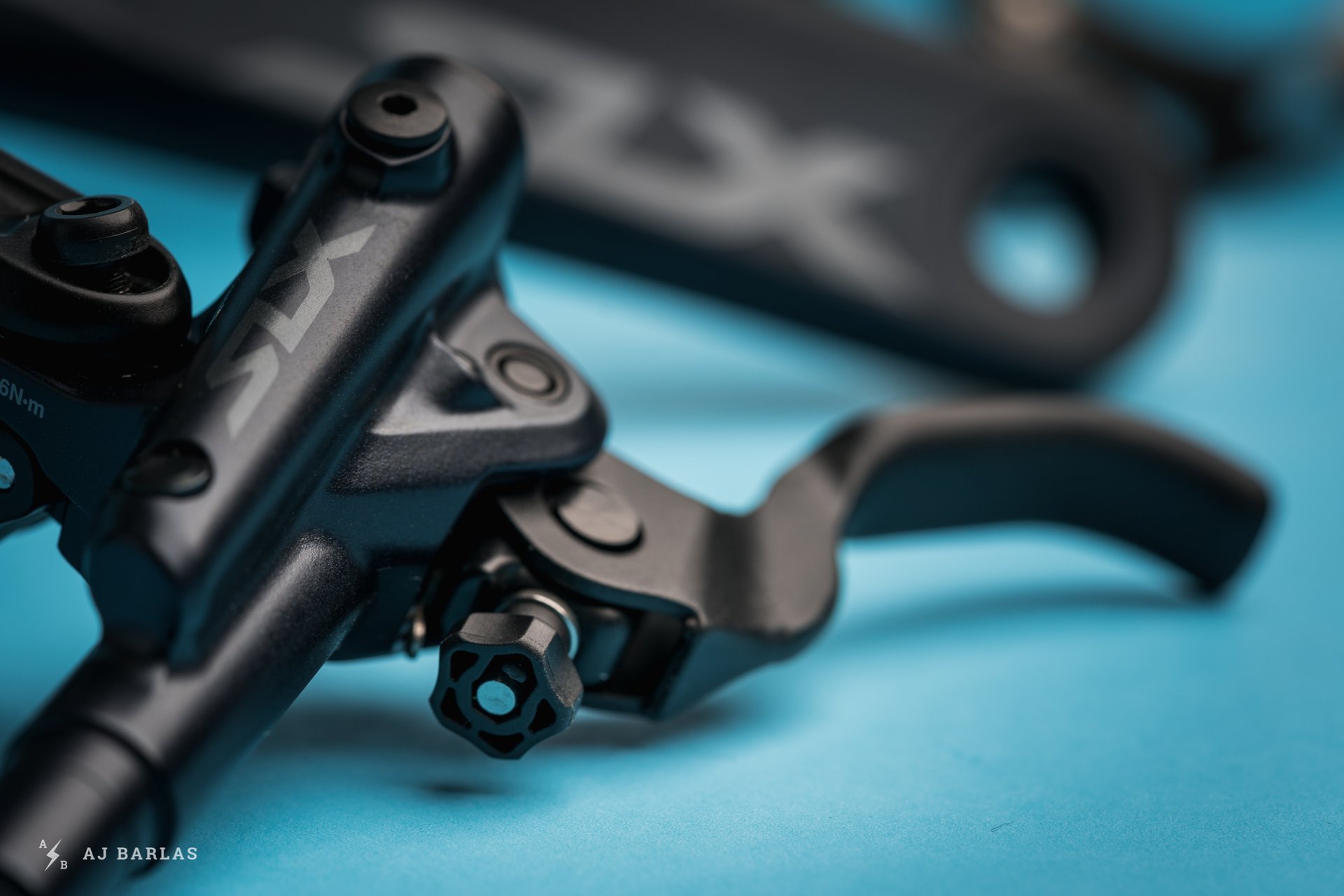
Only the lever reach is adjustable on the SLX lever, which for some riders won't be a big deal.
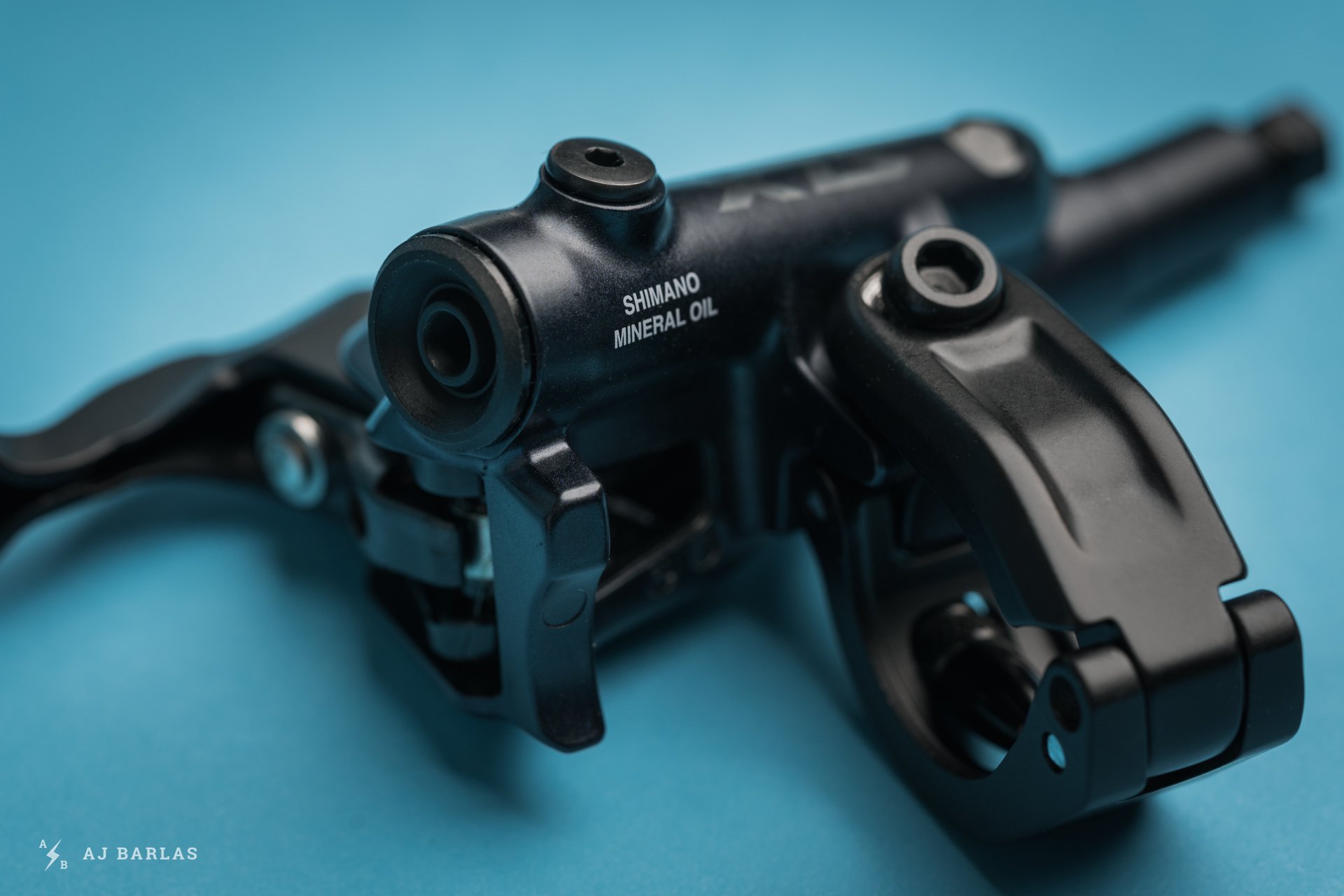
The lever features the same handlebar brace as XT and XTR (left of the bar clamp) that Shimano claims stiffens lever feel, improving response.
I have however found the free stroke screw can be helpful during a bleed. Winding it out helps prevent air from getting caught around it and a post-bleed free stroke adjustment results in changes at the lever. Without it, I found extra caution and more time were required to get a nice bleed. With the lever detached from the handlebar, rotating and tilting it allowed me to remove more air from the system. I also had to utilize the piston-cheat method to get the lever throw I prefer, topping up the fluid before finishing the bleed. Once the brakes were sealed up and the lever mounted, everything felt great and this set didn’t change throughout testing. They never required another bleed and the brakes saw everything from 0ºC to 30ºC weather.
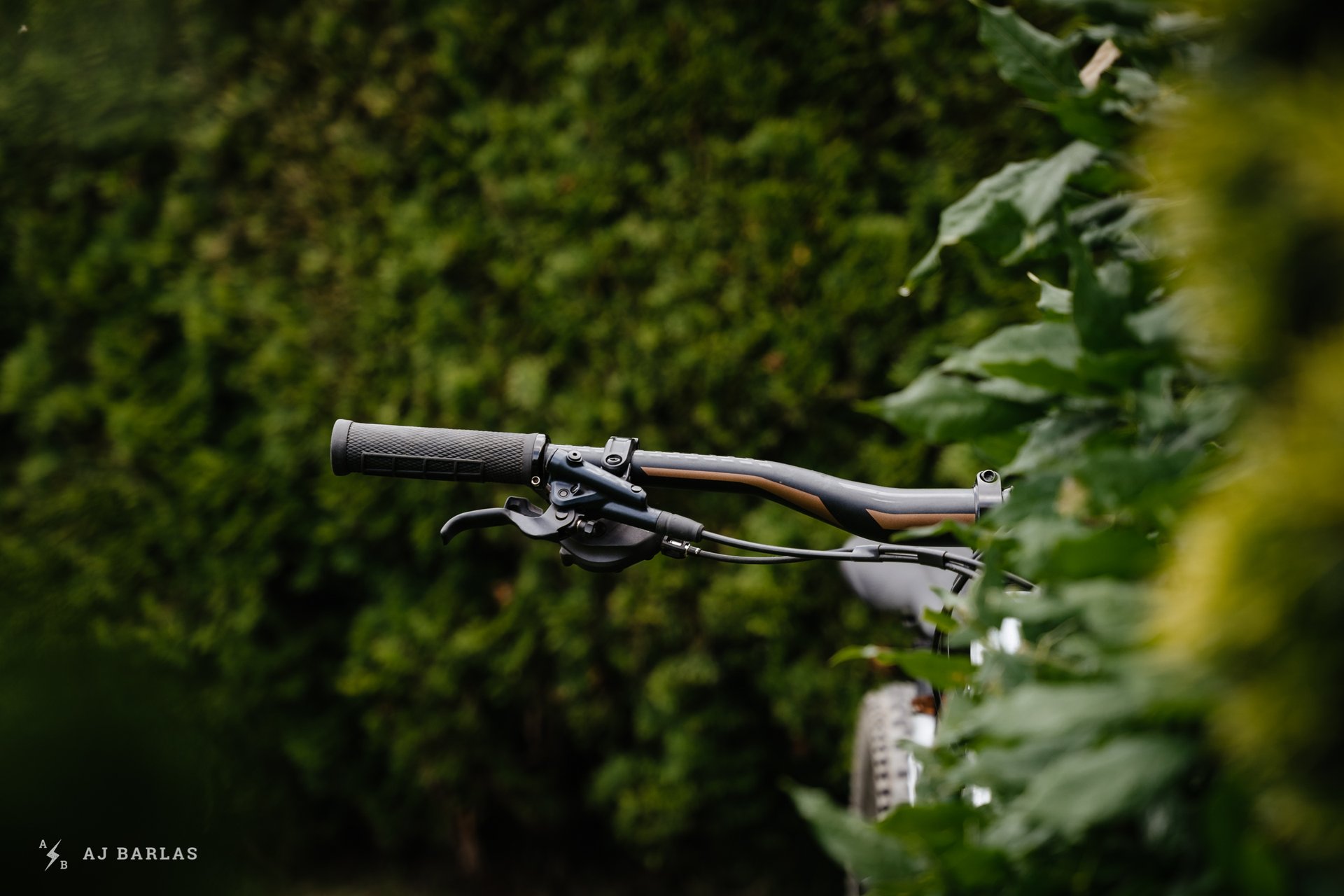
I didn't encounter any issues with the SLX brakes on my test platform.
Looking for Trouble
Until late July, the only brakes I’d ridden in 2020 were four-piston SLX. They came fitted to the 2020 Norco Sight I reviewed and the test set was mounted to my G1. On both bikes the brakes were excellent but I noticed a difference early on. Actually, there were two but I’ll start with the noise… Immediately on my G1 a new rattle was present and based on previous experience with the finned Shimano pads, I had a hunch what it was. I dealt with it for a few rides, convinced I'd try the soft velcro trick seen on some World Cup DH bikes. But then the Sight arrived with a slightly different pad set up. It had non-finned pads and on the trail the brakes were quiet. Switching the pads over to my G1 for a couple of rides confirmed it and a fin free set were purchased to continue the review.
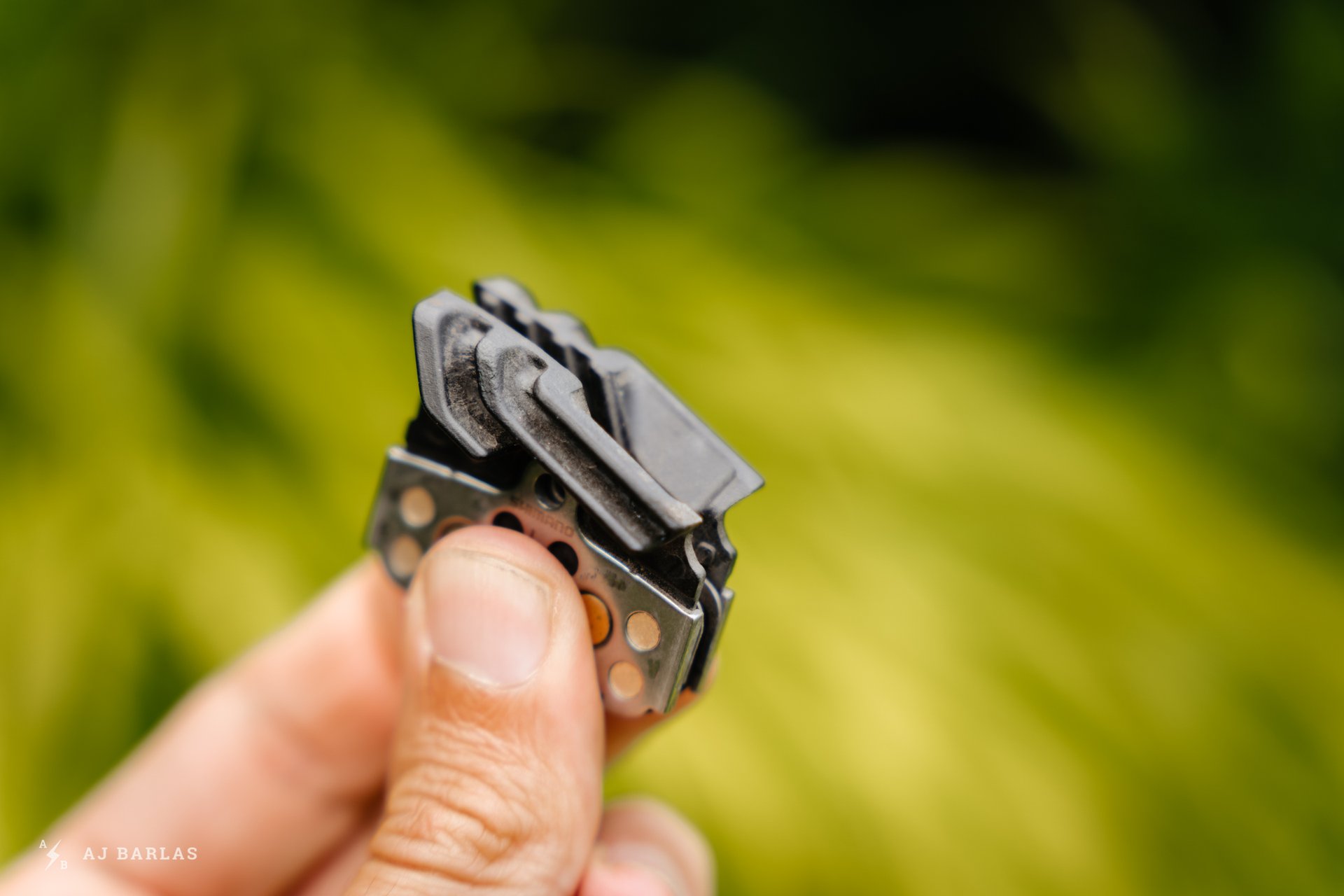
The fins at the top of the pad are there to help keep things from getting too hot and while I had one situation where heat caused some noise at the rotor, I didn't miss the constant noise created by these.
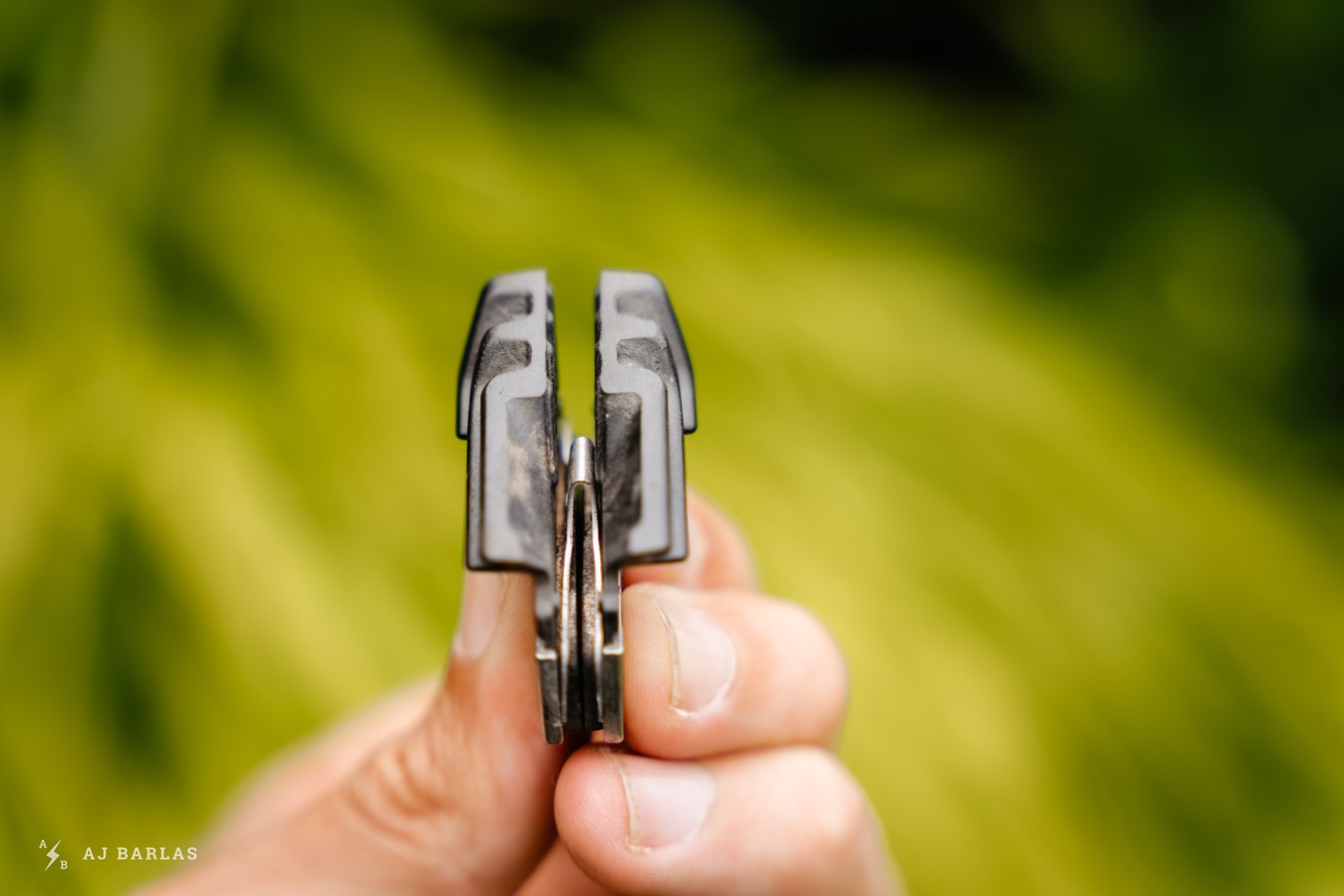
Some riders don't notice the noise generated by the underside of the fins connecting with the caliper but for others, it's unbearable.
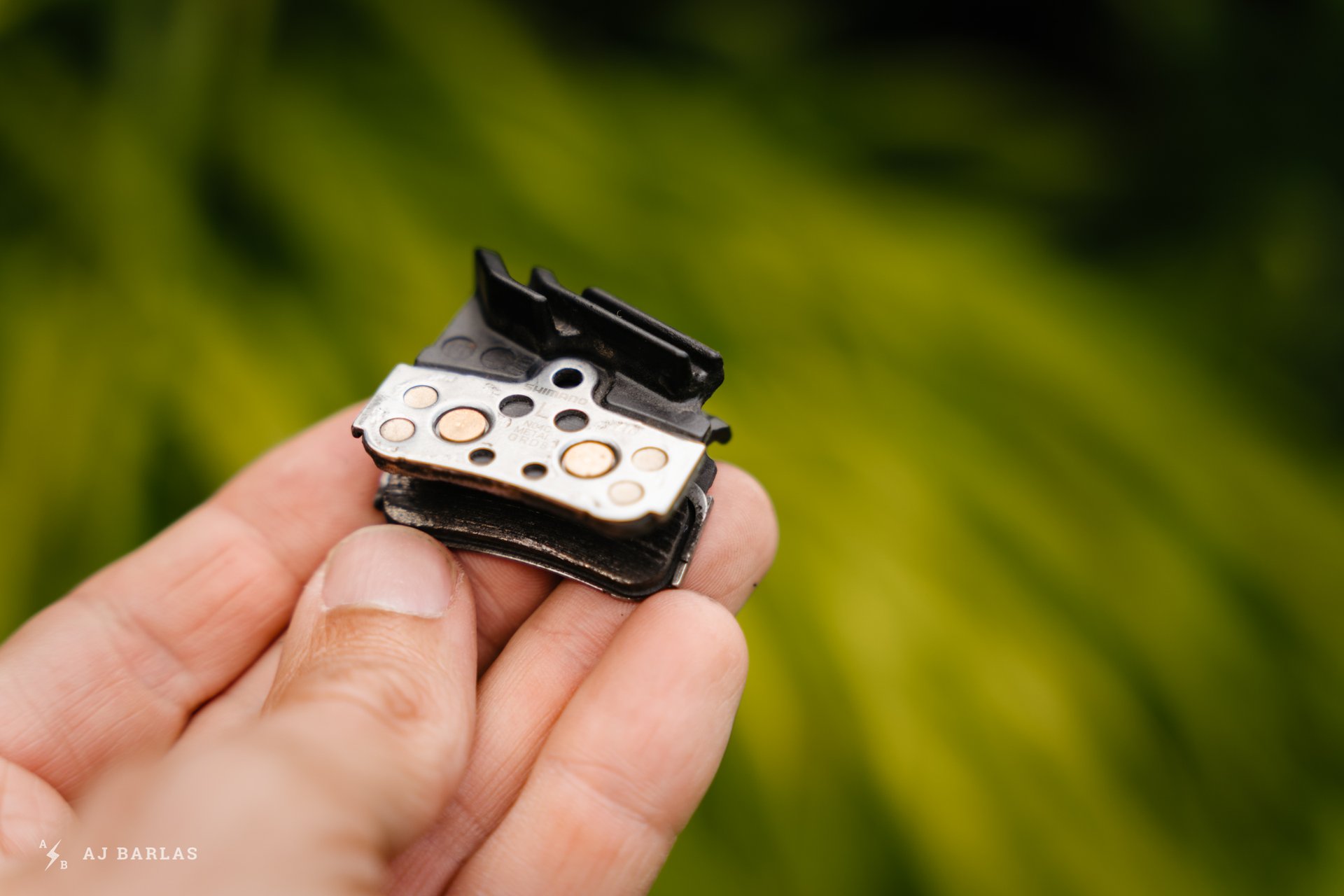
It's easy enough to swap pads for non-finned options if it is an issue. Shimano provides resin and non-resin, non-finned options.
The second thing I noticed was the braking characteristics of the pads. When the brakes were first bedded in on my G1 everything was fresh, with Shimano also including their Ice Tech rotors. But the bite I'm accustomed to from Shimano wasn’t there. Once again I confirmed it using the Sight, which came with fin-free metallic pads (kudos to Norco). The metallic pads brought the brakes to life in all conditions. Initial bite increased dramatically as did full power.
Most of the review period was spent on the metallic non-finned pads. Not everyone will be annoyed by the fin rattle and some riders will benefit from the more gentle attitude of the resin material. But for the most stopping power in a rattle-free package, a set of fin-free metallic pads is a must. Riders who find the Shimano brakes too “on-off” but otherwise enjoy the system could try the resin options. Other than less bite and power, I didn’t experience any other problems with the resin pads.
With the metallic pads, there was a brief adjustment period to the bite of the brakes. Combined with their lever feel, initial contact with metallic pads is quite aggressive but it was welcome once I adjusted to it, providing quick stopping power at times of need. More power is added easily and managed well through the feel of the Servo Wave lever. I can’t say I noticed the added stiffness of the new lever design but it’s also been a while since I rode the previous generation. Nevertheless, the general feel is similar to the previous-gen. XT and XTR models.
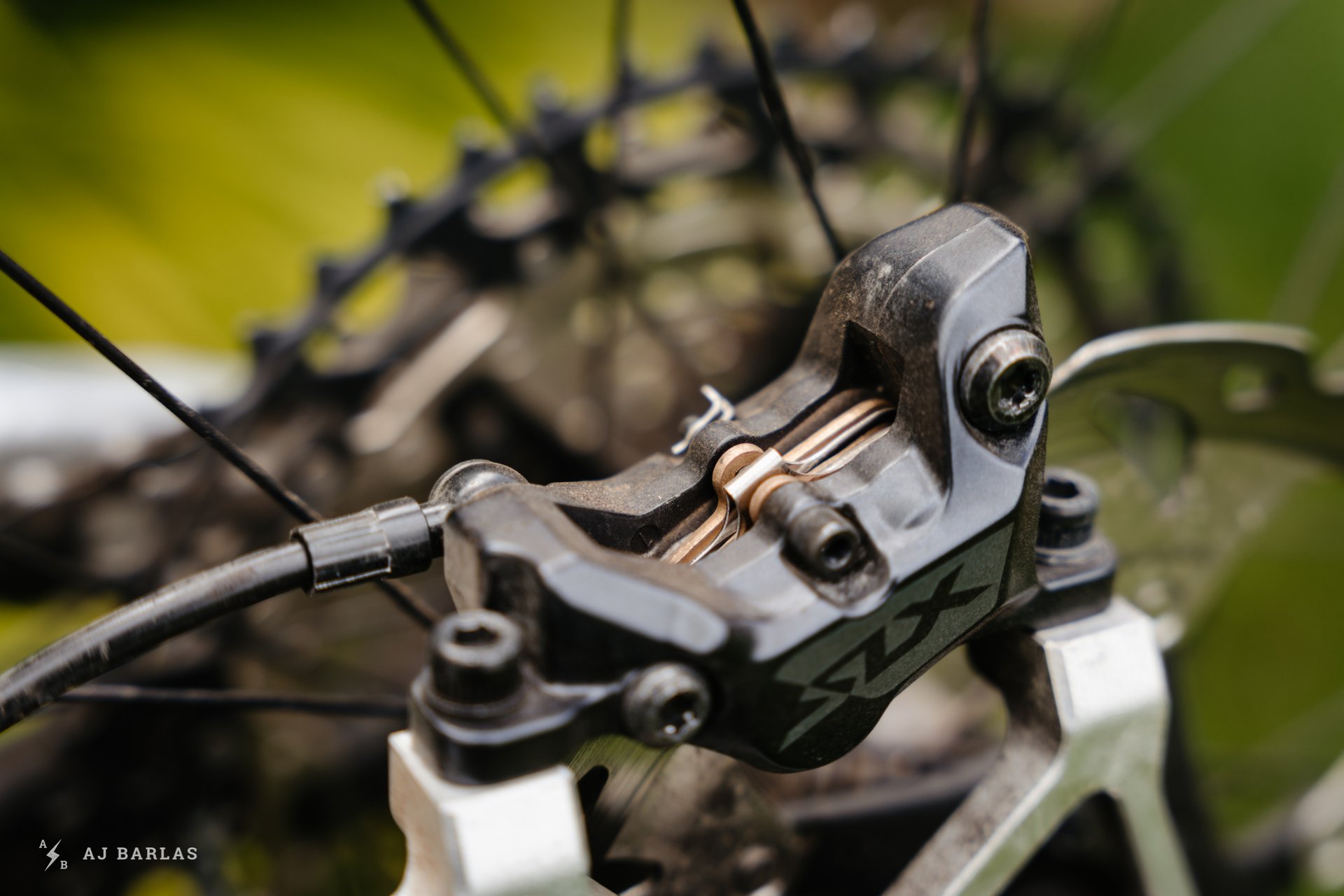
The non-finned, metallic pads worked great on my test brakes and with the set on the Norco Sight test bike I spent time on in the spring of 2020.
The brakes on my G1 were subject to the long steep descents of Pemberton, Whistler Bike Park and my local trails in Squamish, B.C. I’ve not had a single brake make it through a six month test period without some change in feel, until now. That includes previous generations of DH brakes. The four-piston SLX brakes punch well above their class. I did experience some noise when things heated up, with the rotor skimming the pads more until things cooled back down. But with the brakes otherwise continuing to perform as expected, with plenty of power on tap and no change in feel, it wasn’t a concern.
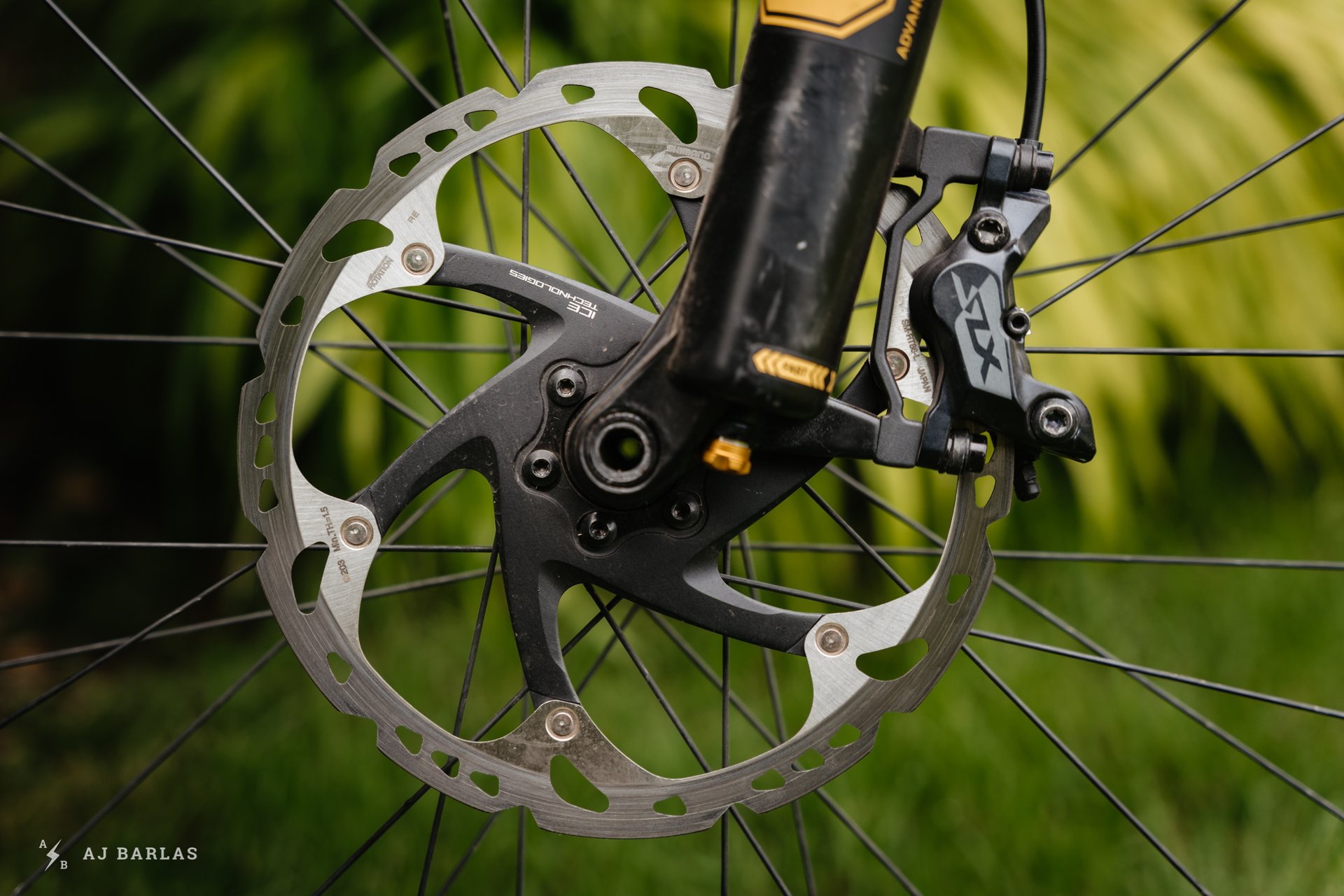
Shimano sent the Ice Tech rotors and they worked great. A 203mm rotor was used on the front wheel…
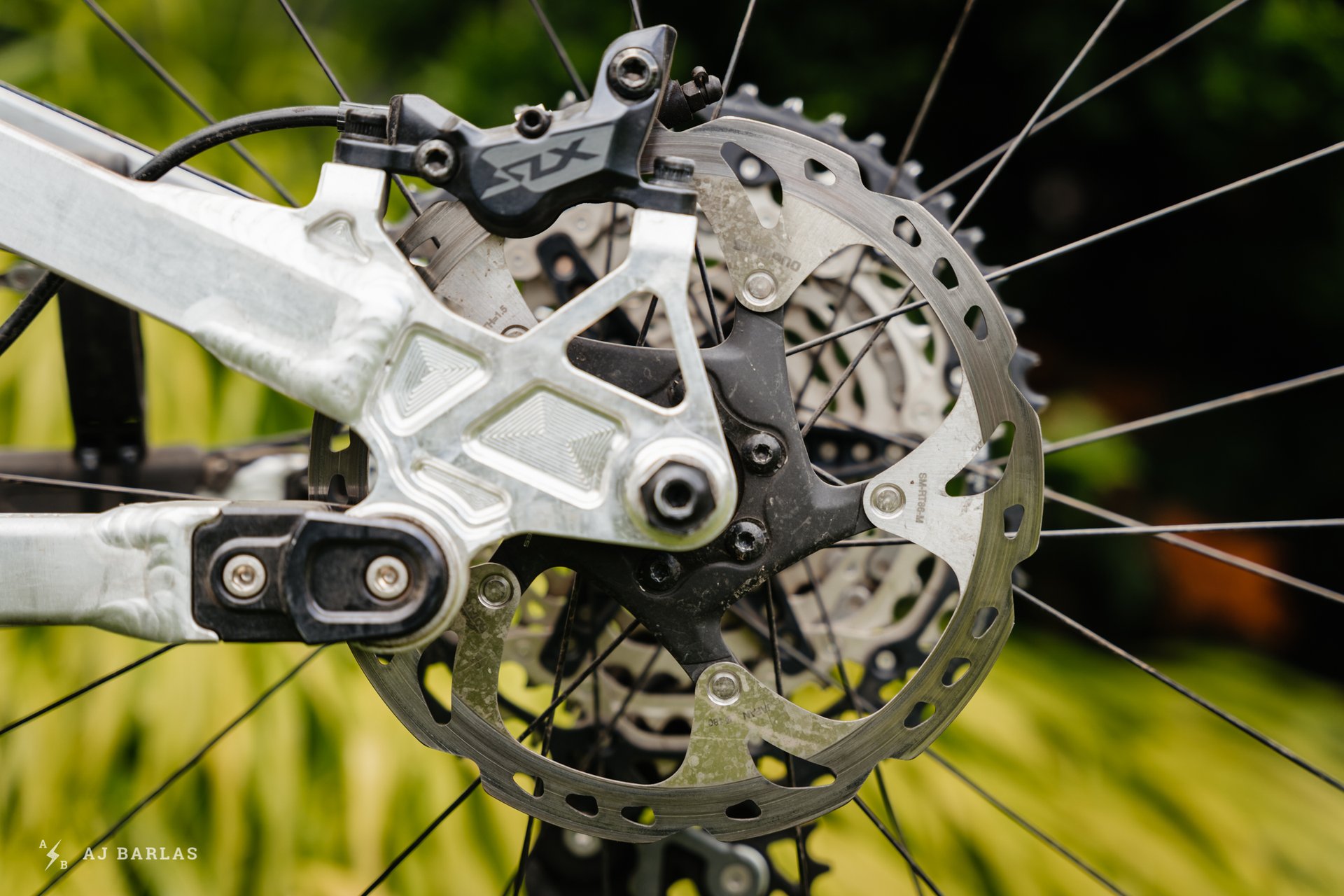
And a 180mm rotor in the rear. The same combination I've run for years now.
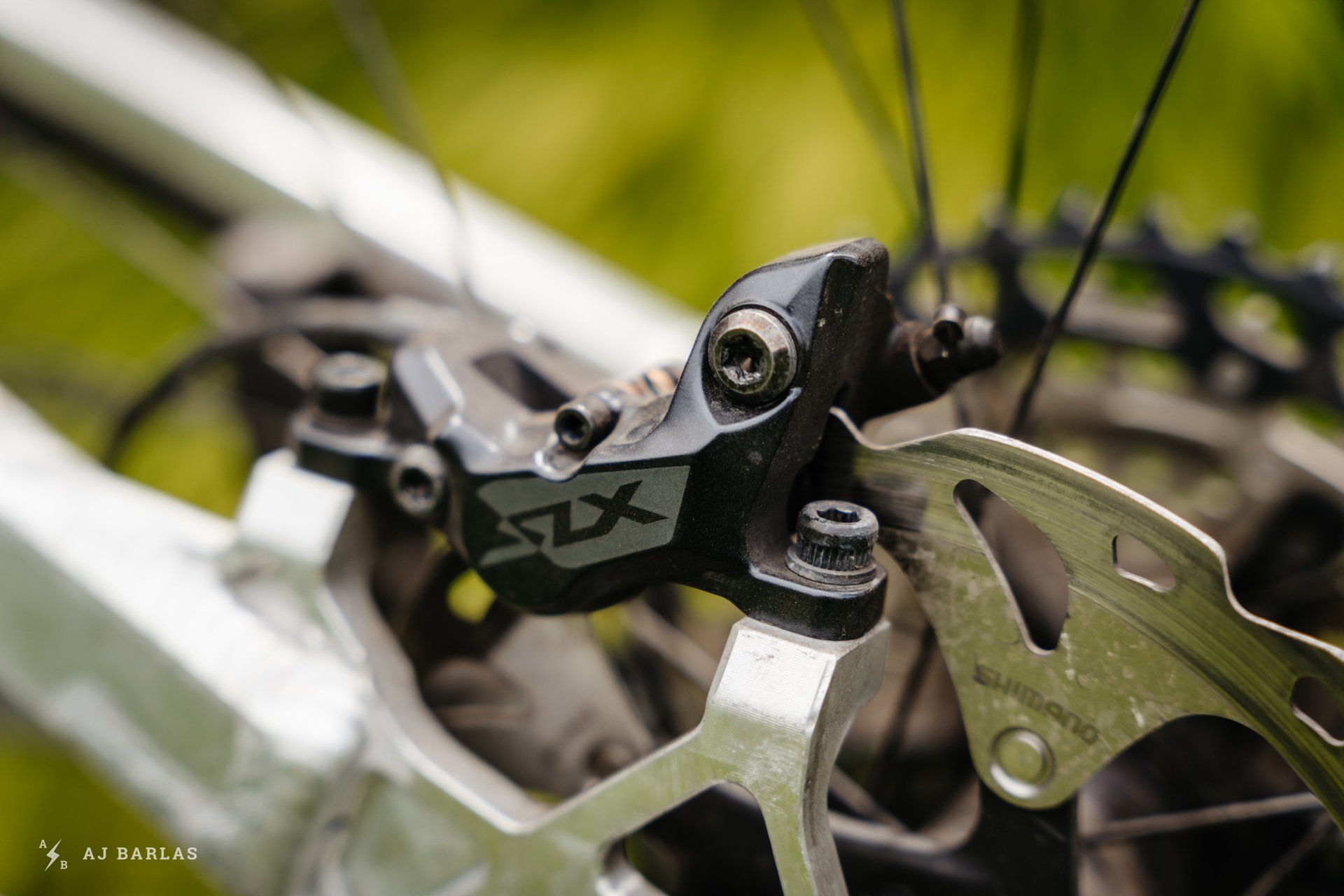
Some noise was generated after long (5-minute plus) steep descents but no change in feel at the lever.
While the experience on my G1 was excellent, the set on the Norco Sight differed with some very mild wander and pump at different times in Maydena, Tasmania. The Norco mechanic who built the test bike informed me that his bleed process is one of a “fluid pusher.” While his bleed procedure differed to my gravity bleed, I'm not convinced this was the cause and believe it more likely comes down to the multiple flights the bike took along with a lack of care between. It was really minor and carefully focusing on the problem was needed to confirm it. This happened after multiple days of long, steep laps on Maydena’s finest, and multiple partial teardowns to box up for flying.
With World Cup Downhill athletes like Loris Vergier not shy to use XTR and the SLX/XT brakes based on that model, I guess the available power shouldn’t be a surprise. Without any time on the new XTR brakes, I can’t comment on a direct comparison. However, I can confidently say that the SLX brakes provide adequate stopping power in situations I previously would have pined for a full-blown downhill brake.
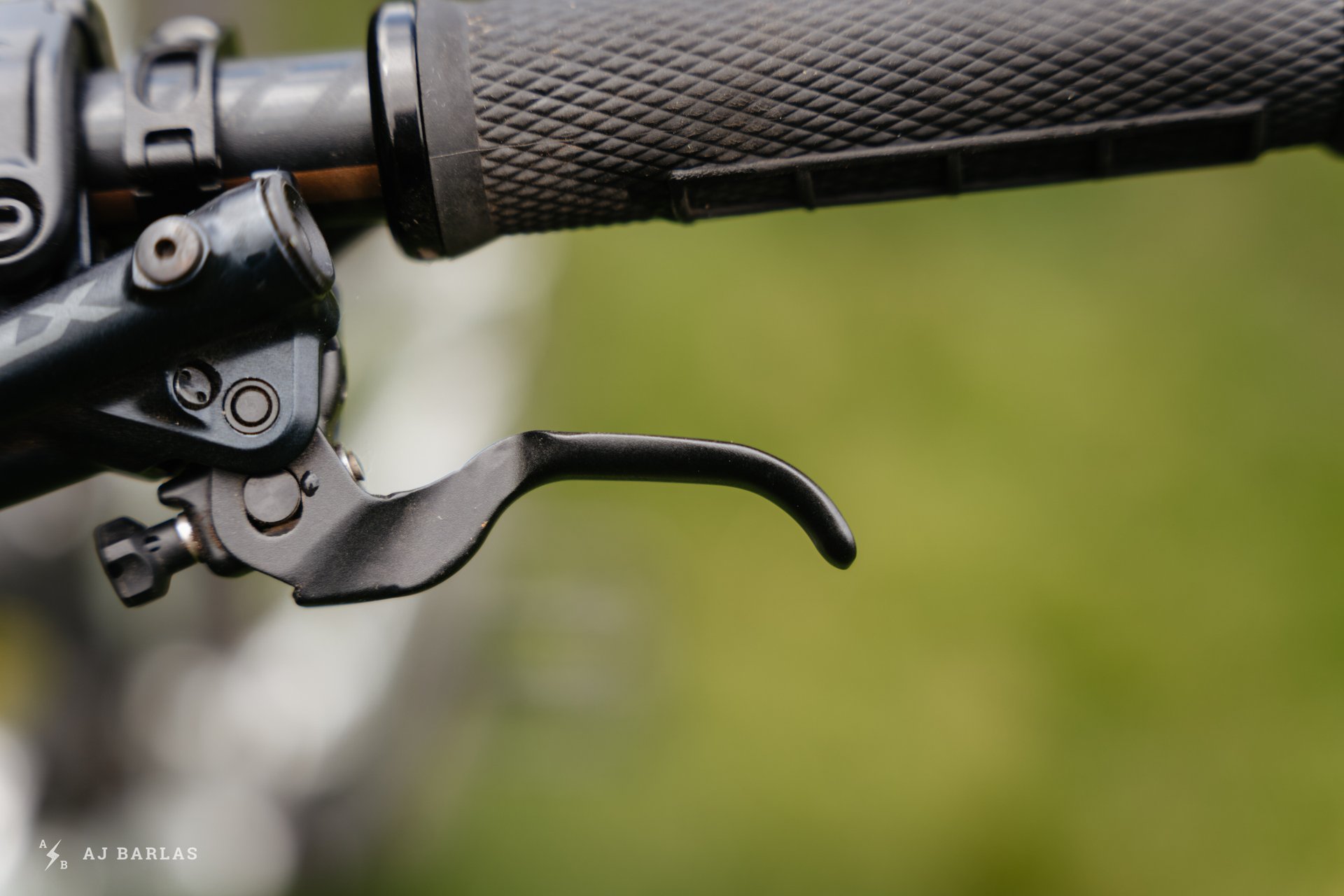
The lever blade design is slender but didn't exhibit any unwanted flex when leaping on the anchors.
I found the shape of the lever blade among my favourites to date. Shimano's lever blade design doesn’t feature any boxy pieces or sharp edges; it's slender but feels adequately stiff, providing a positive feel when jumping on the anchors. The SLX lever doesn’t feature the dimples of the XT and while they feel nice, it’s not worthy of the additional cost. At the end of the lever, the hook comfortably hugs the finger and the power of the brakes means there’s no need to use two. XTR lever blades feel nicer to touch but again, I wouldn't pay the extra.
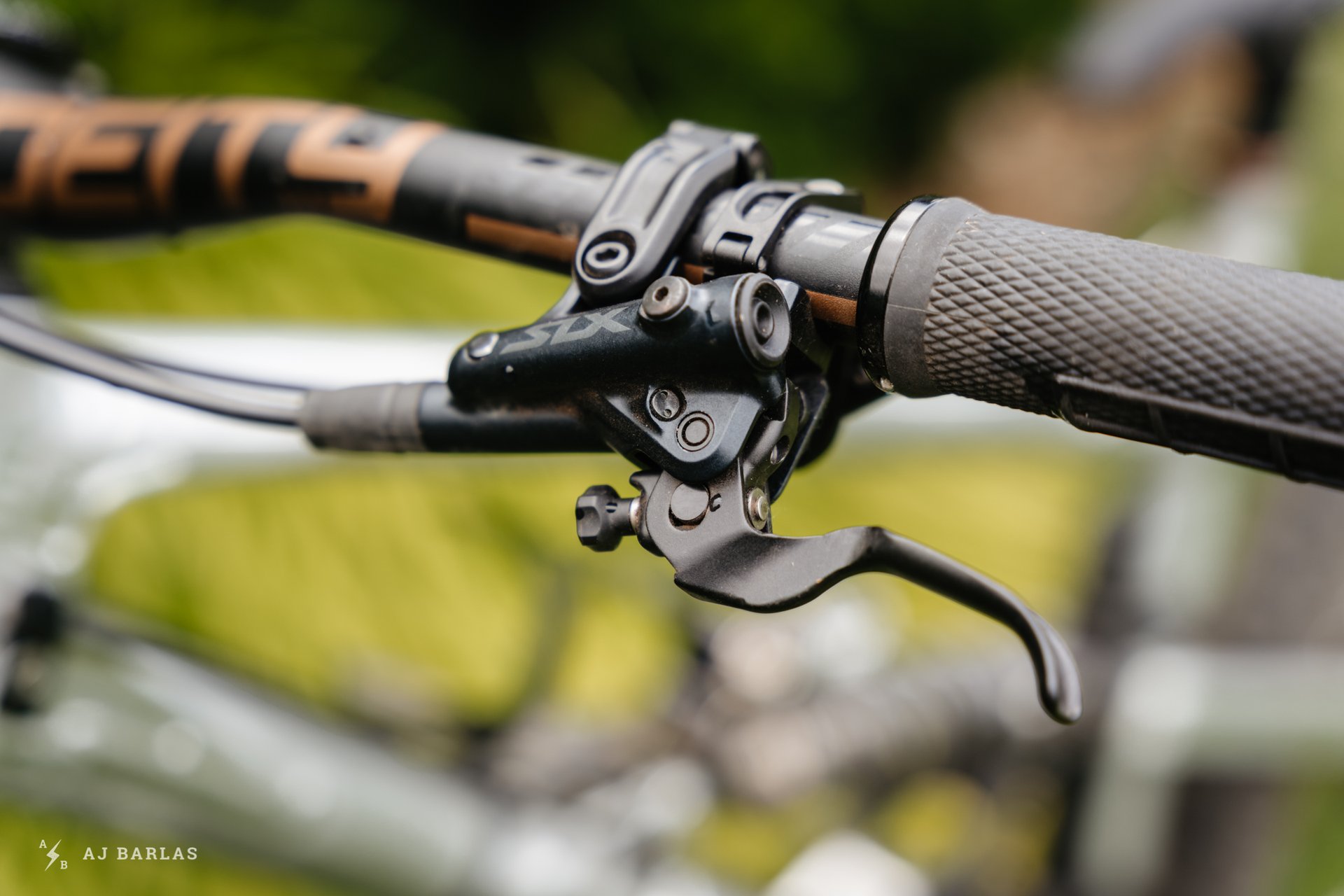
SLX is simpler but very effective.
Verdict
As I found with the new SLX drivetrain, these brakes make it hard to justify the extra money for XT or XTR. They performed sensationally in full-on DH situations, whether in the Whistler or Maydena bike parks or on long, steep trails accessible in Pemberton and Squamish. After a solid bleed, they rode trouble-free until removed more than 600kms later. For 175 USD and ~10 grams more weight than the XT brakes, SLX is a great option for even the most serious riders.
More info on the Shimano SLX M7100 trail brakes is available on the Shimano website.
Age: 39
Height: 191cm/6’3"
Weight: 73kg/160lbs
Ape Index: 1.037
Inseam: 32”
Trail on Repeat: Changes as often as my mood.
Current Regular: Every test product spends time on Entrail
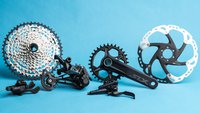
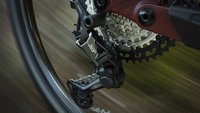
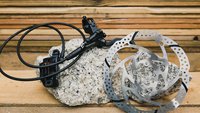

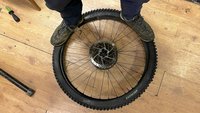

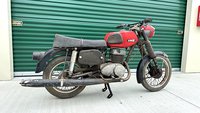

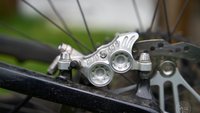


Comments
Tehllama42
3 years, 8 months ago
Here's hoping that the OEM cost of the SLX 4-Pots mean that aggressive trail bikes can actually start coming from brands with clever product managers with enough stopping power - especially since the entry level IceTech rotors are really quite good even with my abuse pattern.
Since the theme of late has been speccing aluminum options with coil shocks and parts that favor smashing over lightweight, I think that's the brake package that would send the right message.
Reply
Endur-Bro
3 years, 8 months ago
Odd choice by Commencal to spec the 2021 Meta TR with XT 2pistons. I guess the slightly less travel F/R and half the pistons are needed to differentiate between it and the bigger Meta AM ¯\(ツ)/¯
Reply
RG
3 years, 8 months ago
With this statement: "I’ve not had a single brake make it through a six month test period without some change in feel, until now."
How do you compare the Cura 4 to the SLX 4?
Reply
AJ Barlas
3 years, 8 months ago
I haven’t personally spent time on the Cura 4, that was Andrew Major.
Reply
Littleman
3 years, 8 months ago
Just an observation on this review. Everything I've read and personally experienced with resin vs metallic pads is the opposite to this review in terms of the difference between them. Resin pads = more initial bite but worse heat management, quicker wear and not so good in wet weather. Metallic = slightly worse initial bite but better heat management and better in the wet and last longer. This review seems to suggest the opposite! I've even heard of wc dh racers use one metallic and one resin in a single brake caliper to try to combine the benefits of both.
Not a dig btw, just curious as to why this review is literally the opposite of everything else I've read on the issue.
Reply
cxfahrer
3 years, 8 months ago
I tried my M5020 with resin first and then mixed resin/metallic. With resin I could not find any bite, neither initial nor pulling hard. They brake soft in any situation. Now both pads metallic it is near as good as my Code.
Had to do an emergency braking lately on a paved road because of a car, and the metallic pads really saved me.
Reply
AJ Barlas
3 years, 8 months ago
Yep. Same experience here. I have a different set of brakes in review now with resin and it’s been quite different, but with the SLX4 there was a lack of bite and full power.
Reply
Mammal
3 years, 8 months ago
My experience with resin pads is similar to what AJ found. Less initial bite, less all-out power.
Reply
Andrew Collins
3 years, 8 months ago
I find the Shimano organic pads to be weaker than the sintered pads all round. They are also commonly accompanied by the annoying high pitched turkey goble.
There are some organic and semi metallic pads which are surprisingly even better than Shimano sintered pads: Trickstuff Power+, Uberbike Racematrix and Discobrake Copper free.
Reply
Tremeer023
3 years, 8 months ago
I have XTR brakes with resin pads, the first resin pads I've ever used. The initial bite is noticeably less sharp and they have a bit less power overall. They do seem to improve modulation a bit though.
Reply
olaa
3 years, 8 months ago
Good review! I've ordered a new bike that will arrive at some point during the fall, and i specced Saints on it (mainly out of old habit). Reading this i'm starting to question that decision. Any thoughts on how Saints and SLX compare?
Reply
Mammal
3 years, 8 months ago
I bought Saints this season, just before SLX 4 became available. I've compared the caliper shapes, and the Saints have considerably larger piston diameters, even though both brakes have a larger pair and and smaller pair. I'm sure this lends to more all-out power for the Saints, but how much power that translates to would be difficult to discern by eye. I bought them for my 160/150 29er, so probably would have been more than happy with the SLX 4 (but definitely stoked on my Saints, they never let me down).
Reply
Luix
3 years, 8 months ago
If you feel like nerding out Ridemonkey style (sorry for the spam AJ!) you can take a look at this spreadsheet:
https://docs.google.com/spreadsheets/d/1sjPSmOYbhjDBFxcvXVw1ufKfowEBu1AKh8sB6T8e24Y/edit#gid=0
You'll find piston diameters, MC dimensions, and even brake fluid recommendations for a lor of brakes, along with some mix and match combos of levers and calipers of different brands/models.
Reply
olaa
3 years, 8 months ago
Thanks! That was some excellent nerding out :)
Good point also with piston diameter, that should help with heat management. That is usually the issue where i live, with long, steep descents where you are on the brakes quite a bit.
Reply
Lynx .
3 years, 8 months ago
I'll admit right off the bat that I'm a Shimano "fan boi", there performance to cost ratio is the best and their ergonomics are, IMHO, much better than SRAM for shifters. Run Shimano on all my bikes, Deore, SLX and XT and have always been happy with the power they provide for the $ they cost and the ease of bleeding, but hopefully they've at least sorted the occasional, wondering bite point of previous generations that can be a little annoying if you don't keep it in mind on long descents without brakes and bumps/jumps.
That being said, at the current pricing for the new Shimano 4 piston options, I'd rather spend my money on something deserving of that sort of price, like a nice set of Hopes.
Reply
Allen Lloyd
3 years, 8 months ago
The issue is you would buy the Hopes then want the Shimano. I have tried almost every option out there and come back to Shimano every time. Nobody feels like Shimano. Others have "better" modulation or power, but nothing I have ridden feels the way I want my brakes to feel. These will be like everything else give it 6 months and retailers will have it at a 20% discount.
Reply
Alan Kaye
3 years, 8 months ago
Could you explain your gravity bleed and piston cheat methods? I just upgraded my brakes to the SLX 7120 and I don't think I have the bleed right. There is too much free play in the pull even with the levers wound fully out. I have SLX 2 pistons on my hard tail and I'm looking for the same quick bite and firm feel.
Thanks!
Reply
Lynx .
3 years, 8 months ago
I've used the method before, especially when I was new to hydraulics brakes, just like you do with a car, basically. Here's a YouTube video by Marshy, the Santa Cruz Syndicate mechanic demonstrating it. As to the cheat method, all you do is simply pump the lever with the wheel/rotor removed and let the pistons move in slightly, then re-install like that to make the lever throw to contact much less - you also make the space between pads and rotors much less as well, so if you bend/warp your rotor, it will rub much easier.
https://www.youtube.com/watch?v=piWBVDh1pTE
Reply
Alan Kaye
3 years, 8 months ago
Thanks!
Reply
Velocipedestrian
3 years, 8 months ago
The 4 pot needs more fluid to move for same pad travel as the 2 pot. If they share a master cylinder, the lever therefore has to move further before the pads bite.
Ye cannae change the laws eh physics.
Reply
Alan Kaye
3 years, 8 months ago
Interesting point, but I think I do have bleed issues. If I don't have the levers wound all the way out right now, the levers hit my knuckles when I brake hard. I'm thinking with a proper bleed I should have a usable range of reach adjustment.
Reply
ohio
3 years, 8 months ago
Not actually true - no one uses the same size pistons for their 4 pots as their 2 pots. If the 4 pots' *total piston area* is the same as that for the 2 pots, you'll generate the same travel. Some are sized for exactly the same amount of piston area, some slightly more to Improve power. See the google sheet posted above In the comments for total piston area by brake model.
Reply
Brian Tuulos
3 years, 8 months ago
And thus the beauty of servo wave. Moves a lot of fluid during initial lever movement - then builds up high system pressure once the pads make contact. In theory it’s a master design.
Reply
JD
3 years, 8 months ago
I'd really like to see the manufacturers publish their piston diameters, and reviewers to include this information as well. There are pros and cons to 4 piston vs 2 piston, and the difference in clamping isn't always as much as you'd think. Given that they typically use the same master cylinder, any difference in total piston area should have an impact at the lever as well (have to push more volume if the piston area is larger). I'd love to see a back-to-back comparison of 2 piston vs 4 piston models.
Reply
Hank Sola
3 years, 8 months ago
It is not all about "clamping force". Good brakes absorb energy - how? Heat dissipation.
More piston area (as you said - please give us the numbers!) will allow more surface area to dissipate heat. They may or may not also have one piston contact first which can help with modulation (do they do that?)
Reply
Timer
3 years, 8 months ago
Good point. The number of pistons is only part of the story, what matters at the caliper end is total piston area (and pad size). For instance, the Sram Guide has 4 pistons, but they are tiny. The Formula Cura 2 on the other hand, has very large pistons.
Reply
Reaper
3 years, 8 months ago
XT who?
These rule. I stuck a set on the front of my DMR Trailstar. Perfectly compliments the 2 piston version on the rear. Hell, maybe I should just stick a 4 piston SLX on the rear as well?!
Reply
Brumos73
3 years, 8 months ago
The free stroke adjuster is misunderstood by even pro mechanics. If you were to take the lever apart you'd see that it doesn't come in contact with any mineral fluid. This comment thus makes no sense, "Winding it out helps prevent air from getting caught around it."
All it does is push or release on the inside of the brake lever. When you screw it in all the way it shortens the throw of the lever by a few millimetres, and when you unscrew it does the opposite. I agree that it is quite useless, but it has no effect on the bleed procedure.
Reply
Lynx .
3 years, 8 months ago
Actually you're wrong there, it absolutely does have an effect on the bleed and especially the amount of fluid in the reservoir. If you want proof, just do a quick funnel bleed and leave the screw wound all the way in, then once you're done, wind it all the way out and watch the fluid level drop.
Reply
Lornholio
3 years, 8 months ago
This. For best feel I always do bleeds or fluid topups with the freestroke wound out, finish the bleed and close everything off, then wind the freestroke in.
You can remove the snake-eye blanking screw on SLX and Zees and replace it with a grub screw to give you the freestroke functionality. Just don’t screw it in past the point of feeling the slightest bit of resistance - I broke the tiny lever it pushes against pretty easily the first time I did this.
Reply
AJ Barlas
3 years, 8 months ago
Super interesting. Thanks for the info!
Reply
Please log in to leave a comment.